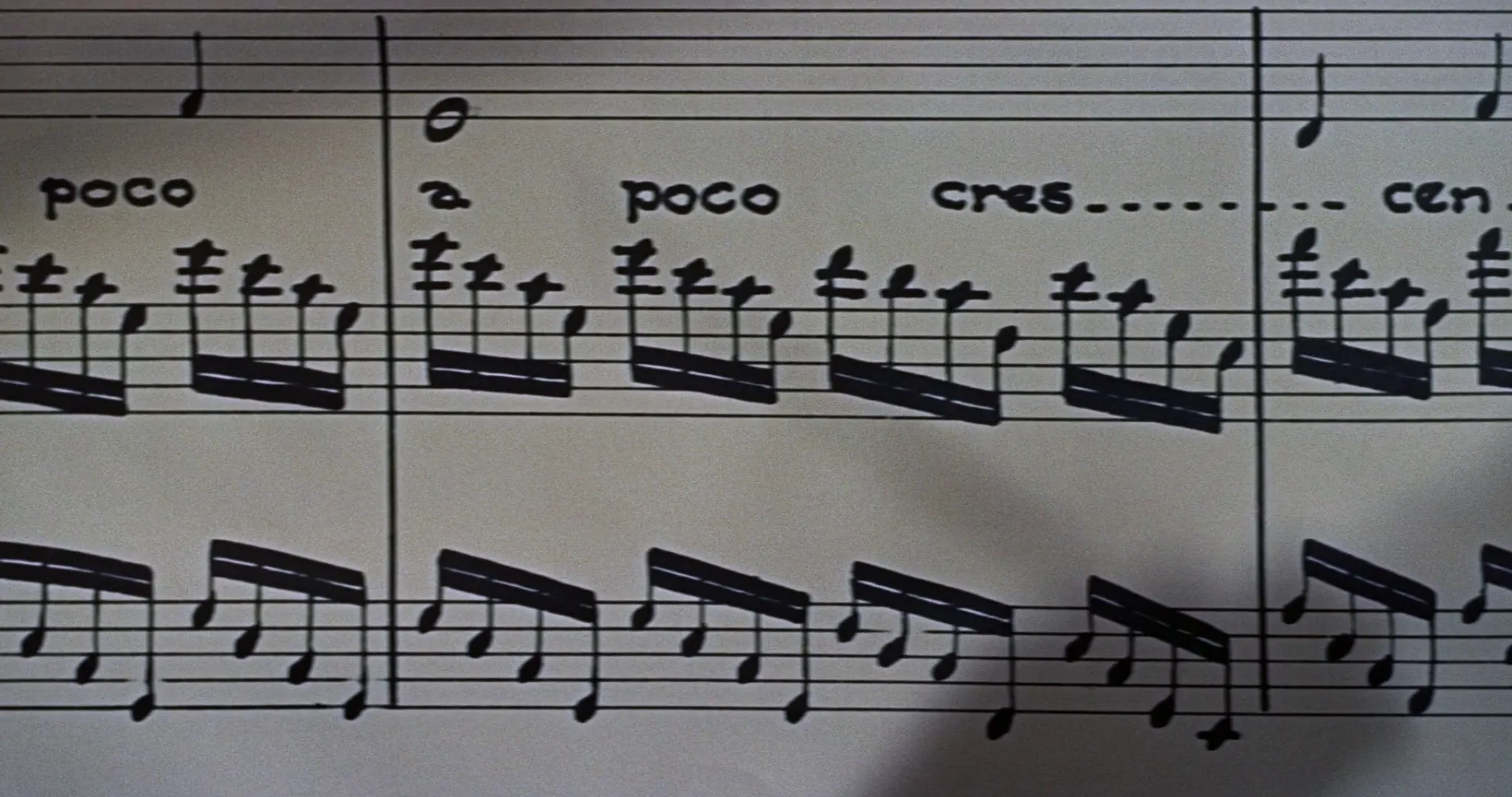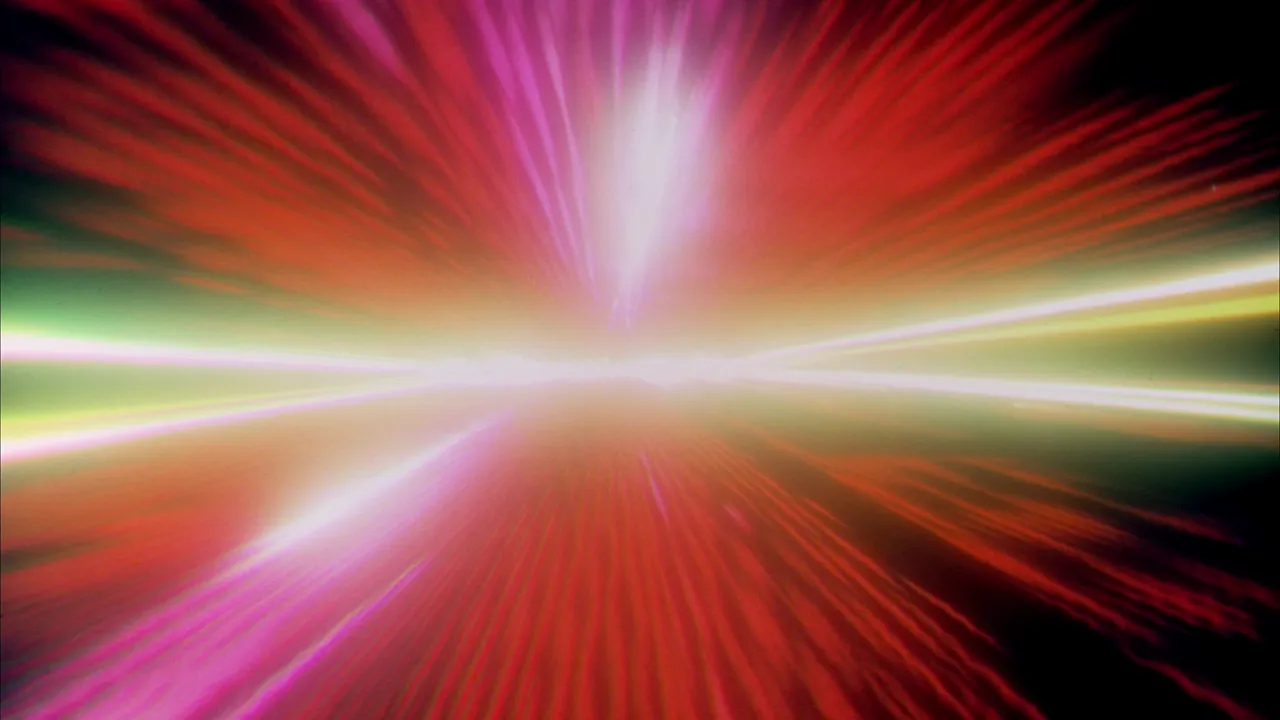Please update your browser
Your current browser version is outdated. We recommend updating to the latest version for an improved and secure browsing experience.

The Classical Hollywood System
The principles of continuity editing - in which transitions between characters, scenes, and locations are rendered simultaneously coherent and invisible - were developed in many countries, but the system was perfected by the Hollywood studios during the period broadly running from roughly 1917 to the 1960s. Established rules of continuity editing, complemented by a vertically integrated production method, helped ensure that each studio would be able to produce films of consistent quality with sufficient regularity to keep the system moving efficiently.
Basic parameters of continuity editing include matches on action, the preservation of an imaginary 180-degree axis, and the use of shot/countershot to connect characters and objects across that axis. As with Soviet montage, all of these ideas are connected to basic psychological categories and the world of ordinary human experience. Shot/countershot exchanges, for example, approximate the reciprocal, face-to-face exchanges typical of conversation, with the critical exception that the vantage point is typically at a slight angle over-the-shoulder. It was understood early in the silent era that fully frontal shots would often be perceived as threatening or aggressive.
Within Classical Hollywood, more elaborate montage sequences would either be couched as bravura exercises (as in the Royal Albert Hall montage in Alfred Hitchcock's The Man Who Knew Too Much, 1956, below) or presented as marked interruptions within an otherwise more predictable system (as in the travel sequence from Frank Capra's Mr. Smith Goes to Washington, 1939, below).



His Girl Friday (Howard Hawks, 1940)
The opening sequence of His Girl Friday (1940, left) is a perfect example of Hollywood Classicism. Rhythm is carefully modulated by largely unobtrusive cuts, elegantly matched camera movements, rhyming gesture, and use of figures and objects to guide the viewer's attention.
As the sequence begins (below), a right-to-left track across the newspaper office helps both to establish the space and to introduce the formal elements that will be reworked throughout. This is followed by a shot that seems to continue in the same direction only to reverse when Hildy appears. The viewer's impression that she is the center of the action is reinforced when the switchboard operators turn to speak with her, and she reverses the movement of the opening track. Both her conversation with her fiancé Bruce and the exchanges with the other newspaper employees as she approaches Walter's door are characteristic of shot/countershot matching.
Inside Walter's office (below), there is significant variation between establishing shots showing the characters in their environment, shot/countershot exchanges, and two-shots of Hildy and Walter. The repartee takes place in shots that generally run far longer than the other shots in this sequence, giving the viewer space to observe the nervous fiddling with objects. Occasional cuts in along the same axis accentuate those gestures at critical moments.
As the sequence comes to a close, Walter precisely reverses Hildy's entrance (but at higher speed). She is clearly bemused by his transparently performative antics and the new forms of repartee that develop between him and Bruce. All three characters walk out through the same elevator door Hildy and Bruce emerged from in the second shot, bringing the sequence to a structurally satisfying close.










